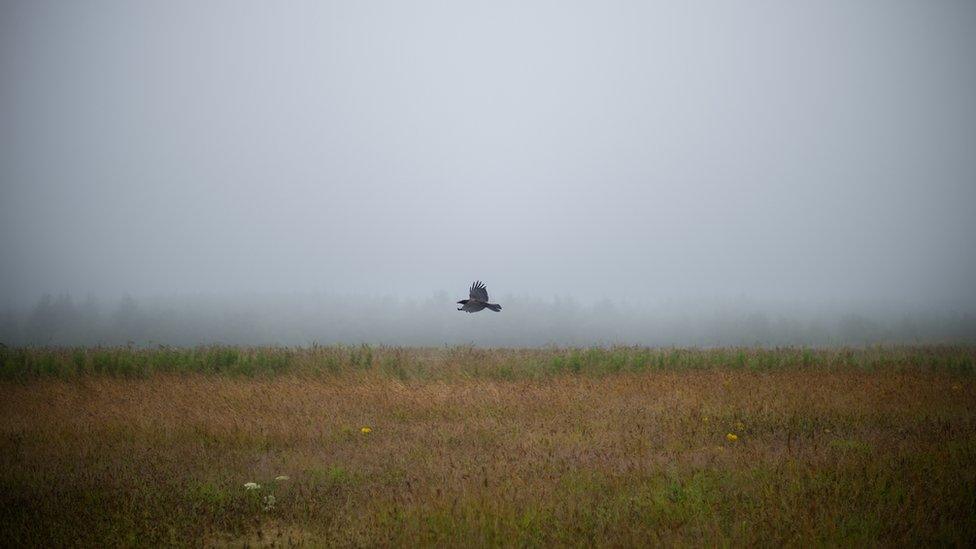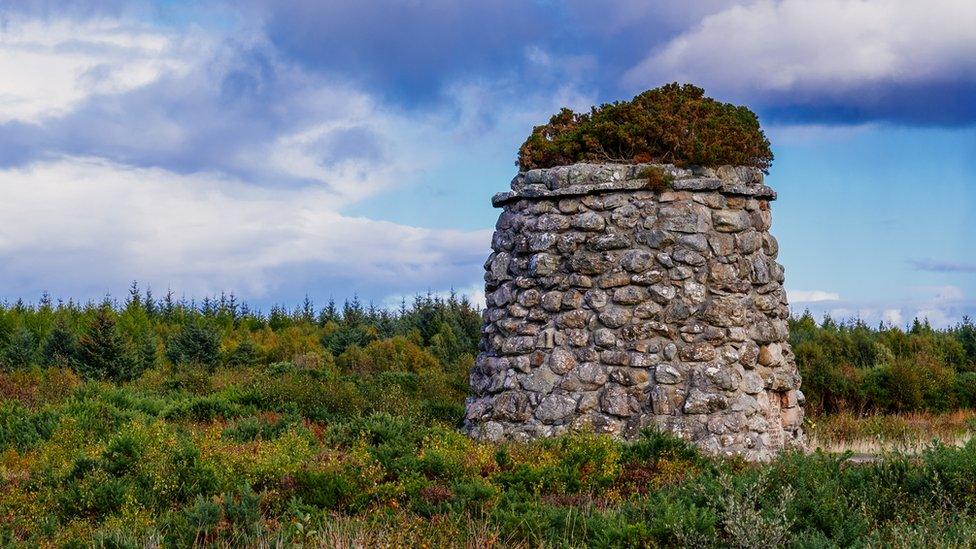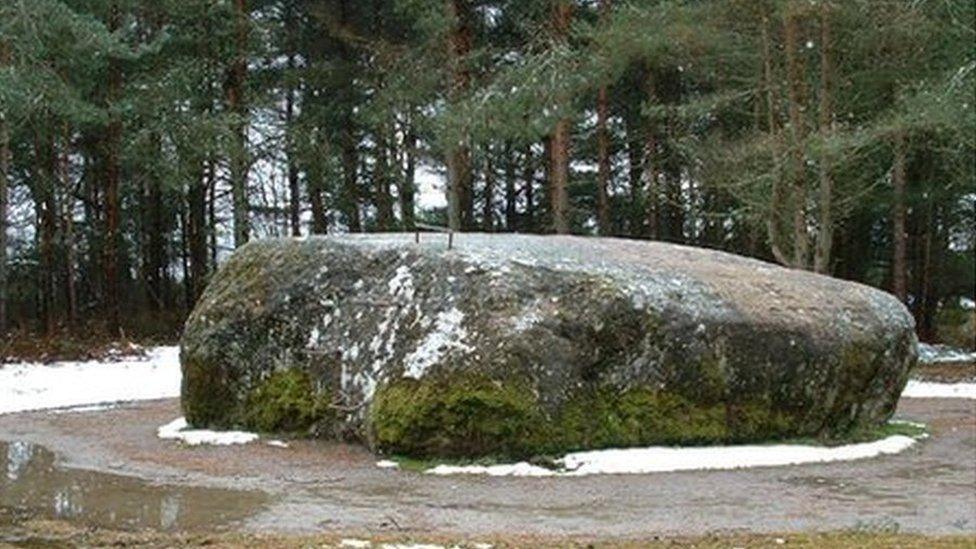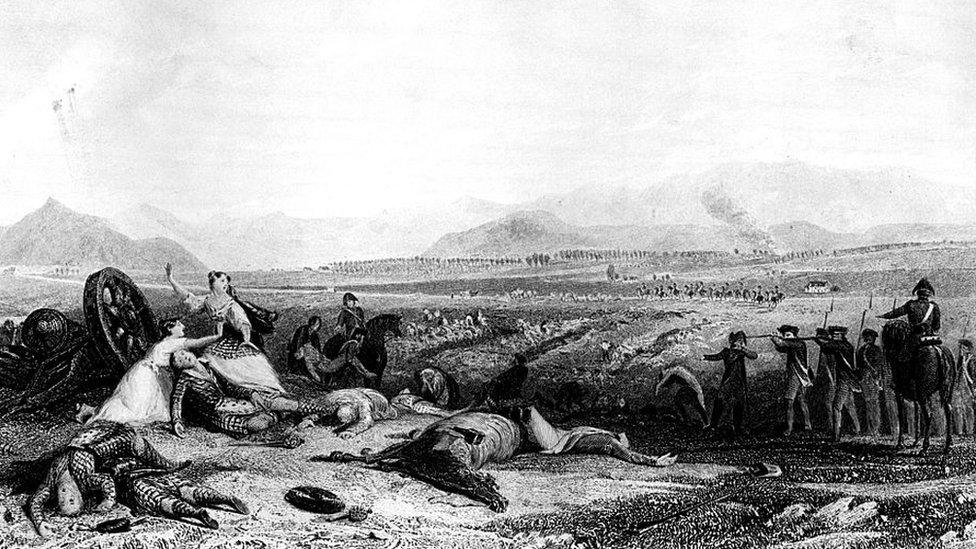Archaeological digs in new locations at Culloden Battlefield
- Published

The Battle of Culloden was fought over 40 minutes on moorland near Inverness
Archaeologists hope to unearth new insights into the Battle of Culloden by digging in an area of the battlefield not previously excavated.
The battle saw the defeat of Bonnie Prince Charlie's Jacobite forces by the Duke of Cumberland's government army.
The spot is near to where the left wing of a second line of British government troops lined up on 16 April 1746.
Archaeologists hope to find personal items dropped or discarded by government soldiers.
Culloden saw the deaths of about 1,600 men - 1,500 of them Jacobites.
As well as buttons, buckles and ammunition, the team said they might also find lead shot fired by the Jacobites into the lines of government troops during the 40-minute battle.
A series of pits will be dug in the area close to the access road to the battlefield's visitor centre.
The work for the National Trust for Scotland will also include using digital and drone photography to make 3D models of the Culloden monument, the gravestones of clansmen killed fighting for the prince and other battlefield markers.

A digital 3D model is to be created of the monument on the battlefield

A 3D model is also to be created of the Cumberland Stone
A 3D model is also to be created of an enormous boulder known as the Cumberland Stone.
The government army's commander, the Duke of Cumberland, is said to have had breakfast, or his lunch, on the table-flat top of the rock on the day of the battle. It has also been said that he stood on the stone to better survey the course of the fighting.
The boulder is a glacial feature known as an erratic, meaning it is of a rock type that is different from the bedrock on which it sits.
The rock has been matched to the geology of Stratherrick, which lies almost 20 miles (32km) south of Inverness. The stone was torn from the ground as a huge ice sheet crept out of the west towards the Moray Firth coast.
Culloden ended Prince Charles Edward Stuart's campaign to regain the Great British throne for his father.
The prince escaped from the battlefield, which is near Inverness, and died in Palazzo Muti, Rome, in 1788.

An illustration made in 1860 depicting a government firing squad at the Battle of Culloden
Archaeologists have examined the moorland battle site on the outskirts of Inverness before.
In recent years, detailed investigations with metal detecting and geophysical survey work have taken place in an area known as the Field of the English, with trial trenching around Old Leanach Cottage, both close to the position of the government first line.
The National Trust for Scotland manages the battlefield.
Operations manager Raoul Curtis Machin said: "The team are really excited about the dig.
"They are passionate about the history of Culloden Battlefield and are always learning new things about this amazing site which we can then share with the public who care so deeply about this important place."